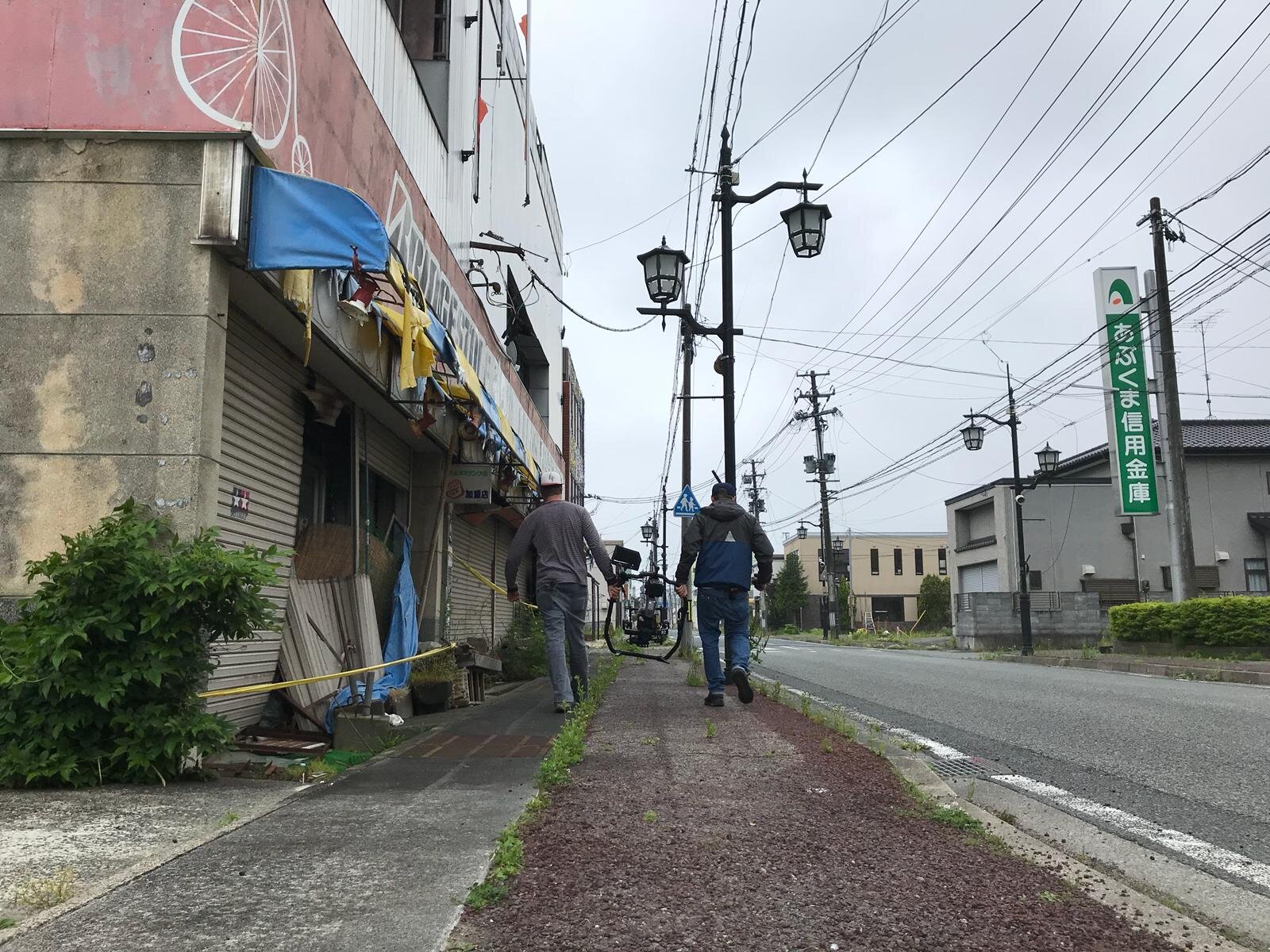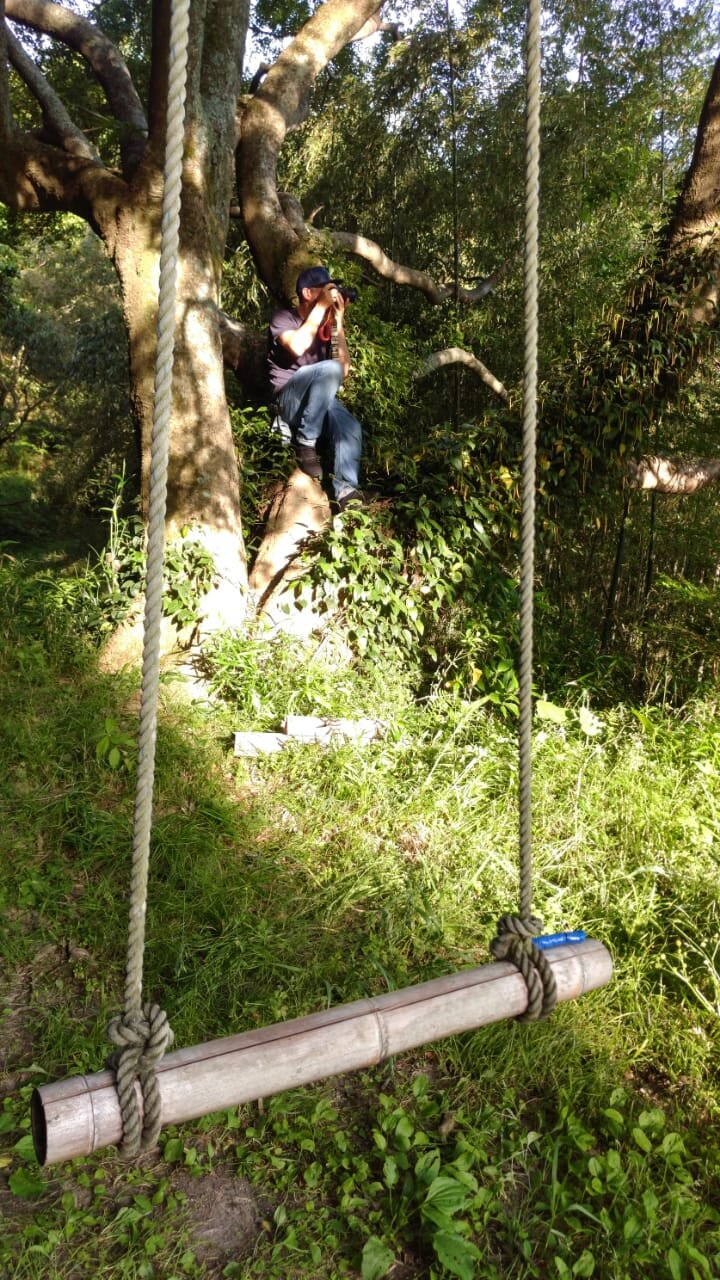10 years Fukushima
It is now exactly 10 years since the reactor core of Fukushima was destroyed. To this day, the catastrophic consequences for the country and the population are immense.
Three years ago, we visited the most severely affected region of Itate with our client METER Group, which is working there with a local NGO, returning farmers and the University of Tokyo to find a way forward.
During the disaster, over 25,000 hectares of farmland in Fukushima Prefecture were contaminated. Apart from the acute effects that the release of radioactive substances had on the population, wildlife and nature of the surrounding area, the cultivation of the region became impossible.
After a few years, the government made the first attempts to repopulate the region. In order to be able to cultivate the fields again, the 30cm of the earth's surface were removed and collected. The big problem of this method was that all nutrients of the soil were removed and thus a sustainable economy was made difficult.
METER Group's environmental engineering specialists teamed up with Dr. Masaru Mizoguchi of the University of Tokyo and the non-profit organization Fukushima Saisei, to developed a sustainable decontamination method that enables farmers to grow absolutely safe rice again.
With coonish enthusiasm, we embarked on the journey to Itate in May 2018 to capture history in pictures. Although we were aware of the disaster, the reality on the ground hit us more emotionally than expected. Even though large parts of the region have been decontaminated, you can still find patches of high radiation in forests and more remote locations. So when we looked at the beautiful surroundings, a cold shiver ran down our spine again and again. So much green forests and untouched nature, no longer habitable for humans and animals.
Also the abandoned villages and ruins with guarded roadblocks left a certain uneasiness and created space for thoughts of individual fates of the population. These feelings are difficult to prepare for in advance, but now they hit us in the midst of this unreal environment.
With this feeling in the back of our necks, we met the local farmers and Dr. Mizoguchi, we learned about their way to decontaminate the fields and make them fertile again. Despite all their efforts and rigorous product testing, the "made in Fukushima" products remain slow sellers. The fear of eating contaminated products from the disaster region remains too great.
With this knowledge, many strong impressions and a lot of pictures we started our journey home. Especially Nick did not let go of the experience and so the idea of a book was soon born to give the pictures a proper framework. in the coming weeks, the idea was played with to counteract the stigmatization of the products.
In cooperation with Serviceplan and Moby Dick, "Made in Fukushima", a book made of rice straw from the decontaminated fields in Fukushima, was finally created. The rice straw was harvested, dried, cleaned, cut and made into paper. It tells the story of the region, the disaster and decontamination, the farmers and their products. In order to approach the complex subject objectively and allow readers to form their own opinions, the book consists of a variety of different sources: Photography, interviews, reportage, background information, data and data visualization.
As a leading scientific sensing company present in Fukushima since 1996, METER already had access to much of the environmental and agricultural data included in the book. Over months of research, more data on science, demographics, economics, and ecology was added from a variety of sources. Radiation data was measured during visits to Fukushima and was also included in the book.
Last year, this project was awarded many prestigious international prizes and received international attention in order to improve the image of the products from the region.
Even 10 years after the disaster, the end of this struggle does not seem to be in sight.
Even though the impressions we experienced were scary and disturbing, we still have positive memories of this trip. Unfortunately, these are mainly based on the nice encounters with the people and the team on site.
It was all the more difficult to leave these people behind with the misfortune.
For the full length videos, feel free to check out the project description:




















